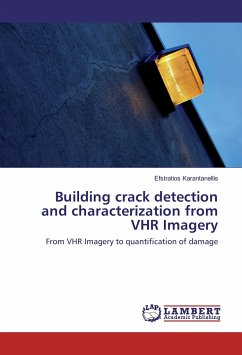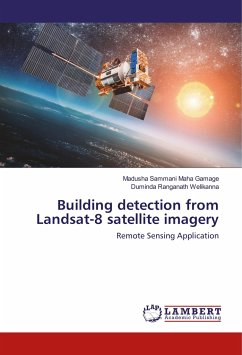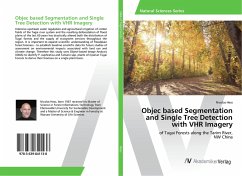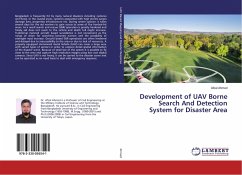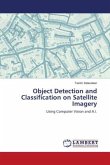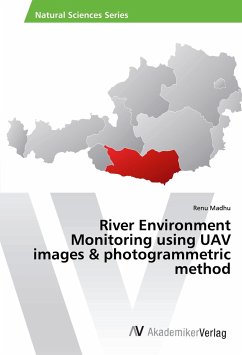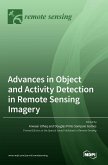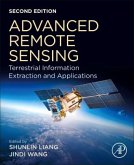The last decades, the occurrence of natural and man-made disasters is increasing significantly worldwide. Those hazardous events have tremendous impact on the society with effects like considerable loss of lives and heavy damage on building infrastructure. The integrity of the infrastructure is mostly evaluated with visual interpretation surveys performed by certified structural experts who have the aim to identify visible damage signs on the exterior part of the structure. The latter procedure is time consuming and subjective on the experts' perspective. Thus, the elements that are visible after an event as initial signs of structural deterioration are cracks. The current research attempts to develop an image based methodological framework to identify and characterize the cracking features and provide reliable information for their properties. The current information constitute an additional tool for detail damage quantification. Furthermore, the use of Very High Resolution (VHR) sensor to collect the data lead to the implementation of Object Based Image Analysis (OBIA) techniques to solve the problem of damage feature extraction with high accuracy and reliability.
Bitte wählen Sie Ihr Anliegen aus.
Rechnungen
Retourenschein anfordern
Bestellstatus
Storno

